Bees, wasps, and hornets may look alike and belong to the same order of insects called Hymenoptera, but that’s where the similarity ends.
Bees are vegetarians who collect pollen and nectar to feed their offspring. They are well known for their ability to pollinate plants. Wasps and hornets are carnivores and eat other insect pests that infest crops, gardens and plants. There are tons of information like the ones stated on this step-by-step article for those who want to get rid of them in their vicinity.
All three are useful to our environment in their own way, but at times wasps’ and bees’ nests can become a danger and must be removed. Because of wasps’ ability to sting multiple times, it is highly recommended that only pest control experts remove their nests.
You can visit insightpest.com/nashville/ to hire one.
Wings, Stingers & Nests
Is it a Mud Wasp? Yellowjacket or just a Honeybee? What do the different kinds of wasps’ nests look like? Where would you find wasps’ nests on your property? Here is a handy guide to knowing exactly what pests are in your backyard.
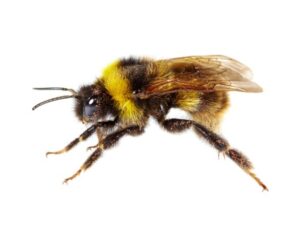
Honeybees
Characteristics: .5″ – .65″ long furry, yellow and black banded, slender, almost oval bodies.
Nests: Depends on type of bee. Honeybee nests can be found on trees and structures.
Risk of sting: Typically not aggressive; can only sting once.
Did You Know? A single honeybee makes about 1/12th of a teaspoon of honey in its lifetime.
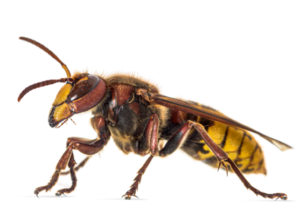
Hornets
Characteristics: 1″ – 1½” long; larger than a yellowjacket.
Nests: Sheltered nests have no covering; unsheltered nests have paper covering. Found on trees and structures.
Risk of sting: Typically not aggressive; can sting repeatedly.
Did You Know? All hornets are wasps, but all wasps are not hornets.
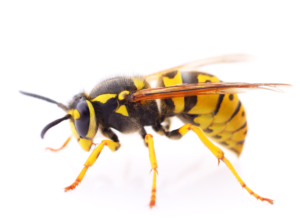
Yellowjacket Wasps
Characteristics: 3/8-5/8” long, queens up to 3/4” long; yellow and black, black antennae, smooth body.
Nests: Layers of comb built in the ground, hollow trees, under eaves, and attics.
Risk of sting: Aggressive; can sting repeatedly. Female wasps will sting repeatedly to protect the colony.
Did You Know? Most wasps feed on insects, while bees rely on a diet of pollen.

Paper Wasps
Characteristics: 5/8″ – 1″ long; yellow and black, smooth body, slender waist, and orange-tipped antennae.
Nests: Exposed umbrella-shaped paper nest built in or under sheltered areas. Nests often hang from twigs, branches, porch ceilings, and more.
Risk of sting: Typically not aggressive; can sting repeatedly
Did You Know? Paper wasps communicate by releasing and smelling pheromones.
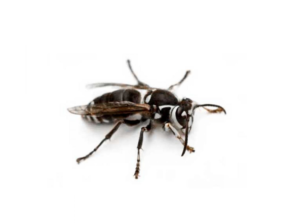
Bald Faced Hornets
Characteristics: 5/8″ to 3/4″ long; black and white with a smooth body.
Nests: Paper nest; at least 3 ft. off the ground, can be as high as 60 ft. Seen on trees, overhangs, and shrubs.
Risk of sting: Extremely aggressive; can sting repeatedly
Did You Know? Bald-face hornets are native to North America, and no other populations have been established anywhere else in the world.
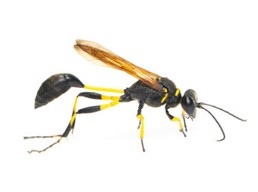
Mud Wasps
Characteristics: ½” – 1″ long; black and yellow or metallic blue and black, with slender waist.
Nests: Small mud nests built in or under sheltered areas
Risk of sting: Typically not aggressive; can sting repeatedly.
Did You Know? The ‘lone wolf’ of the wasp species, mud wasps build nests on their own without the support of a colony and sting only to hunt down their prey.
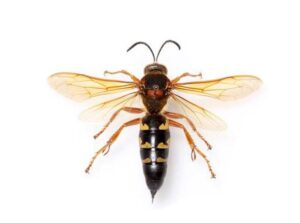
Cicada Killers
Characteristics: 2 – 2 1/4″ long; black and yellow with red/orange legs and brown wings.
Nests: Underground burrows.
Risk of sting: Typically not aggressive; sting is incredibly painful.
Did You Know? Male cicada killer wasps don’t have stingers.
If you have any questions about wasps or other pest issues, feel free to contact me at: rex@wrexwildlife.com, or visit our website www.wrexwildlife.com and I will be happy to provide you with any information that I can. All photos supplied by Wrex Wildlife.






